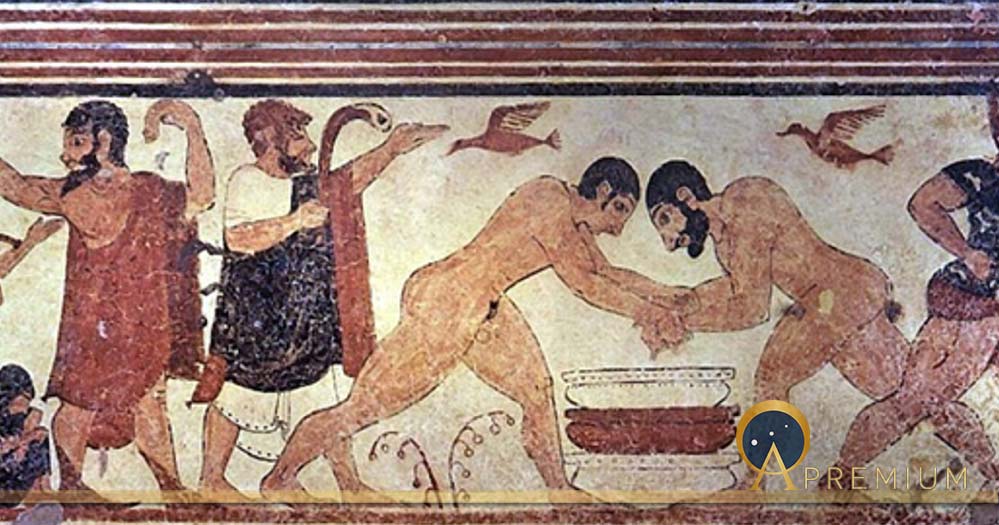The Augurs of Rome: Birds Predicting The Will Of The Gods
Cycles of nature were at the core of the ancient practice of divination to decipher the will of the gods. Many different methods of divination were practiced in antiquity, such as dream interpretations (oneiromancy), interpreting the entrails of slaughtered animals (haruspicy), and augury (ornithomancy) which interprets the movements and activities of birds. Augury in particular became famously influential in the Roman empire.
The belief that the flight of birds may provide clues as to the will of the gods, seems to have prevailed among many ancient cultures. Birds represent many of the most powerful gods and goddesses in the ancient world. In ancient Egypt, the ibis was venerated as a symbol of the god Thoth, the god of writing, magic, wisdom and the moon. In ancient Mesopotamia, doves were very prominent as symbols of Inanna, the Queen of Heaven, and in the ancient Levant, doves were used as symbols for the Canaanite mother goddess Asherah. Birds have also been seen as spirit messengers of the gods. In Norse mythology, the twin ravens Hugin and Munin whispered news into the ear of the god Odin. During the Inca and Tiwanaku empires of South America, birds were depicted as the animals able to cross the boundaries between the earthly realm and the underworld. In the Etruscan and Roman religions, priests were involved in the practice of augury, interpreting the activities of birds to foretell events.

Odin the Allfather with the twin ravens Hugin and Munin. (Public Domain)
Augury in History
The practice of augury has been reported even before the Roman Empire, throughout the Anatolian peninsula and elsewhere along or near the eastern Mediterranean. Some of the earliest writings about this method of divination derive from the ancient Hittites more than a few millennia before Pliny (23–79 AD). Homer's Iliad, book 8, describes an event where an eagle was sighted grabbing a small fawn which was dedicated to Zeus as a sacrifice, and interpreted as a sign to inspire courage among the Greek warriors. However, it was the Romans that later streamlined the practice of augury into a complete system, governing it by fixed rules, and passing it down from generation to generation. In fact, much of what is known about augury in the classical world comes from the writings of the ancient Romans.
Like this Preview and want to read on? You can! JOIN US THERE ( with easy, instant access ) and see what you’re missing!! All Premium articles are available in full, with immediate access.
For the price of a cup of coffee, you get this and all the other great benefits at Ancient Origins Premium. And - each time you support AO Premium, you support independent thought and writing.
Martini Fisher is a Mythographer and author of many books, including "Time Maps: Matriarchy and the Goddess Culture” | Check out MartiniFisher.com
Top Image: Tomb of the augurs. Tarquinia, Italia. (circa 530 BC) (Public Domain)



















